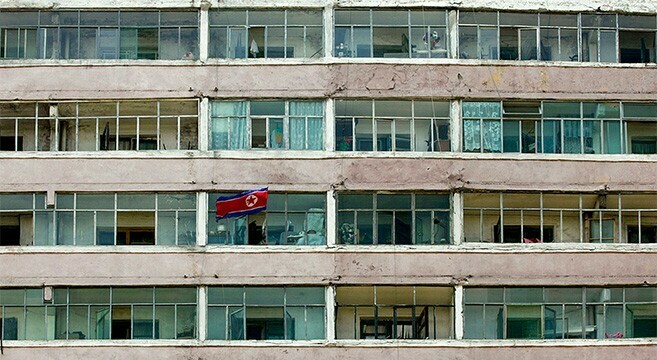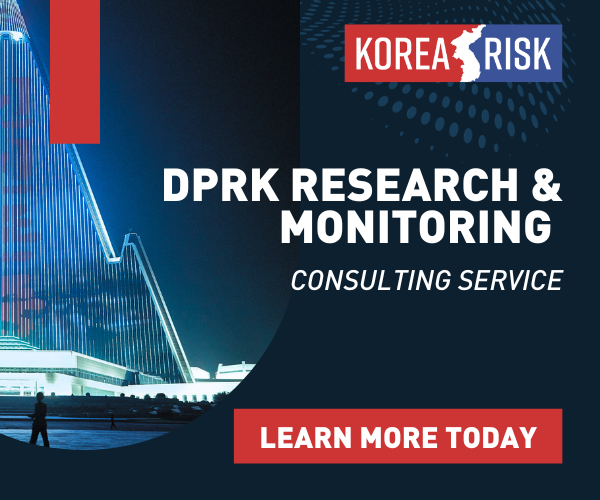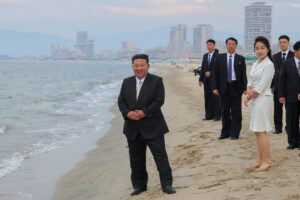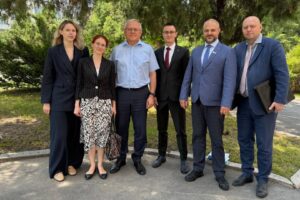The glossy pictures of North Korean propaganda magazines leave no doubt about how North Korea’s power elite would like their cities to appear to the eyes of outsiders. Such pictures nearly always depict large, multi-story apartment buildings (the higher the better) standing in rows along impossibly broad streets that are more or less devoid of traffic. This is the picture of Pyongyang that North Korea’s agitprop has peddled for decades, and this was presented as the sole type of dwelling worthy of Juche-style socialism.
However, such “gorgeous”-looking apartments are to be found almost exclusively in the revolutionary capital. Some large provincial cities like Wonsan and Hamhung might also have a few such high-rise buildings, but in medium- (let alone small-) sized cities they are all but unheard of. Even in Pyongyang, only a relatively small part of the population inhabits such houses, which essentially remain places for the rich and successful.
The glossy pictures of North Korean propaganda magazines leave no doubt about how North Korea’s power elite would like their cities to appear to the eyes of outsiders. Such pictures nearly always depict large, multi-story apartment buildings (the higher the better) standing in rows along impossibly broad streets that are more or less devoid of traffic. This is the picture of Pyongyang that North Korea’s agitprop has peddled for decades, and this was presented as the sole type of dwelling worthy of Juche-style socialism.
However, such “gorgeous”-looking apartments are to be found almost exclusively in the revolutionary capital. Some large provincial cities like Wonsan and Hamhung might also have a few such high-rise buildings, but in medium- (let alone small-) sized cities they are all but unheard of. Even in Pyongyang, only a relatively small part of the population inhabits such houses, which essentially remain places for the rich and successful.
Try unlimited access
Only $1 for four weeks
-
Unlimited access to all of NK News: reporting, investigations, analysis
-
Year-one discount if you continue past $1 trial period
-
The NK News Daily Update, an email newsletter to keep you in the loop
-
Searchable archive of all content, photo galleries, special columns
-
Contact NK News reporters with tips or requests for reporting
Get unlimited access to all NK News content, including original reporting, investigations, and analyses by our team of DPRK experts.
Subscribe
now
All major cards accepted. No commitments – you can cancel any time.











